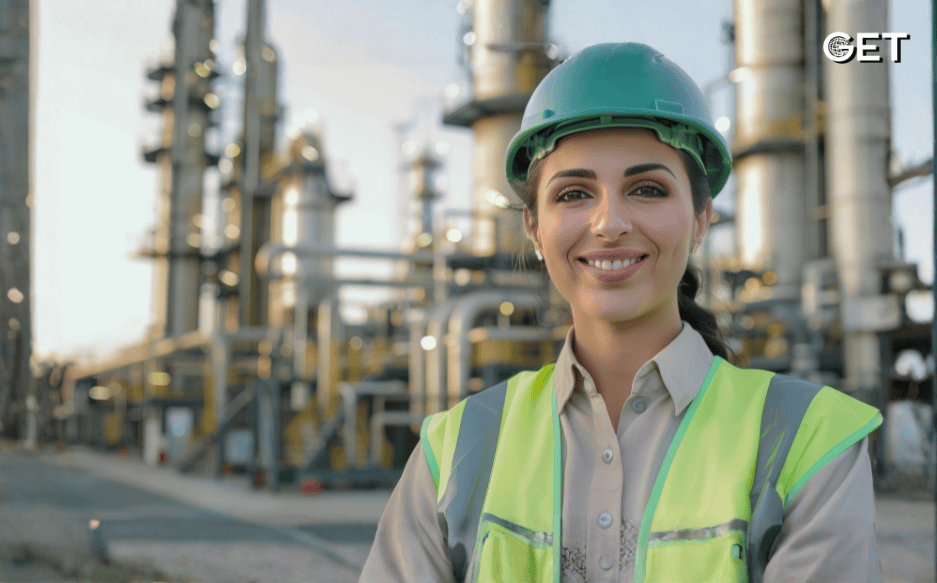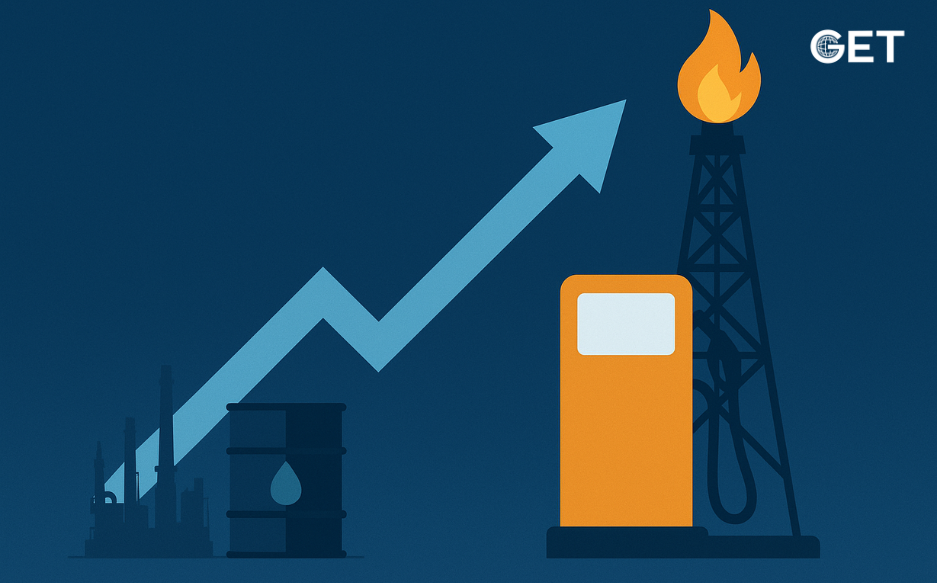
The oil and gas sector is undergoing fundamental and impactful changes. Sustainability is no longer an option with the increasingly changing energy landscape. Oil and gas companies across the globe are increasing their sustainability ambitions, leveraging leading edge technologies, and developing innovative solutions to reduce the carbon footprint. This shift is driven not only by environmental conscientiousness but also by economic and regulatory forces that demand a more responsible outlook to energy generation.
After decades of oil spills, air pollution, water pollution, and decades of greenhouse gas emissions, the industry now continues to be held accountable. Reduction of carbon emissions today is not simply compliance; there is also business viability over the long term to be secured.
Extensive progress has been made by oil and gas corporations in issues of sustainability, pollution reduction and waste disposal, improved safety, and operational efficiency. Sustainability has emerged as an important pillar for long-term competitiveness as it affects investments, stakeholder trust, and regulatory policy.
The oil and gas industry is one of the highest polluting industries and its contribution to the global energy related carbon emissions is about 42%. The results can be widespread:
These sources-by-source monitoring, better energy management, and investment in flaring, venting, and fugitive technologies are how industry leaders are prioritizing efforts to reduce methane emissions. By utilizing real-time emissions tracking and risk mitigation strategies, companies can significantly lower their emissions any day.
Transition toward the low-carbon energy future shall be driven by other influences:
Carbon Capture, Utilization, and Storage (CCUS) is one such innovation that helps in the reduction of greenhouse gas emissions. The CCUS captures CO₂ before entering into the atmosphere, then uses it for other industrial purposes or stores it underground. It even includes captured CO₂ for improved reservoir productivity without environmental degradation through Enhanced Oil Recovery (EOR) techniques.
AI, automation, and real-time data analytics are transforming oil and gas operations. These technologies allow:
Methane has 80 times the warming potential of CO₂ over a span of 20 years, making its reduction of high priority. Companies are investing in:
Wind, solar, and hydrogen forms of energy are taken up in operations by a number of companies in oil and gas. Such examples include:
Decarbonization does not stop at operations alone. This can be achieved through engagement and working with low-carbon suppliers, optimizing logistics, and investment into sustainable transportation.
Water is an increasingly important resource for oil and gas businesses. Firms are focusing on cutting-edge technologies in wastewater treatment to recuperate and reuse water to save pressure on local water sources. This is very applicable in locations where increased pressure on water resources has been caused by climate change.
There is going to be oil recycling by the industry to make it less dependent on virgin resources. Reconditioned oil waste minimizes waste and would boost circular economies considering that fewer new raw materials would be needed and overall emissions would be reduced.
Read Also- How Directional Wells Work and Why They Are Essential in Oil and Gas?

By Get global | December 23, 2025
Introduction to the Oil and Gas Industry When individuals think of the “oil and gas industry,” the most common associations would probably be drilling rigs, offshore platforms, or harsh working conditions. And to some extent, these are indeed the case. But in the end, the industry is still much larger […]

By Get global | December 17, 2025
As the oil and gas industry moves toward 2026, the pressure is no longer coming from one direction. Markets remain volatile. Regulations are tightening. Digital expectations are rising. At the same time, demand for reliable energy has not disappeared. What has changed is how companies respond to this complexity. Many […]

By Get global | December 11, 2025

By Get global | December 5, 2025
Turkey’s ambitions in the energy sector have taken a significant step forward as Turkish Petroleum (TPAO) ramps up drilling at its latest Black Sea discovery. The find is considered one of the most promising additions to the region’s portfolio, reshaping the conversation around Turkish gas exploration, self-sufficiency, and the future […]

By Get global | November 27, 2025
The upstream oil and gas industry is thrilling, quick-moving, and rich with opportunities—but let’s face it, it also has a lot of technical language. If you are a newcomer to the industry, changing jobs, or just wanting to enhance your knowledge about the industry, mastering the right terms can facilitate […]